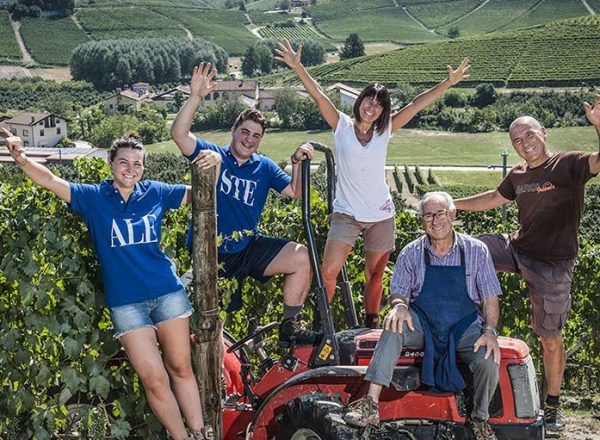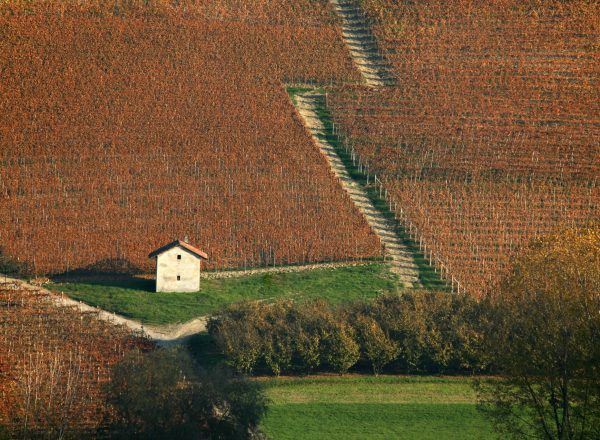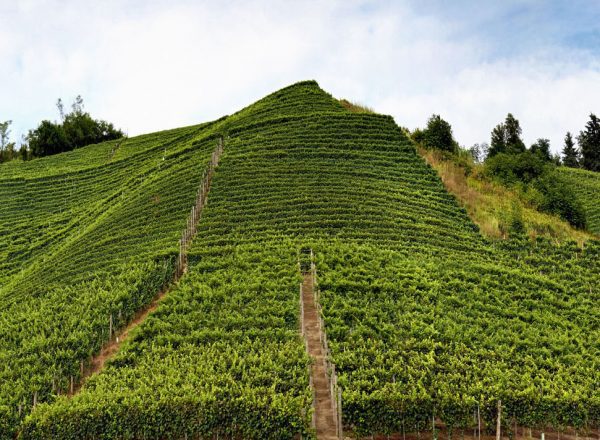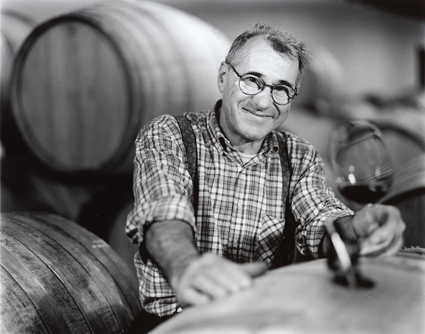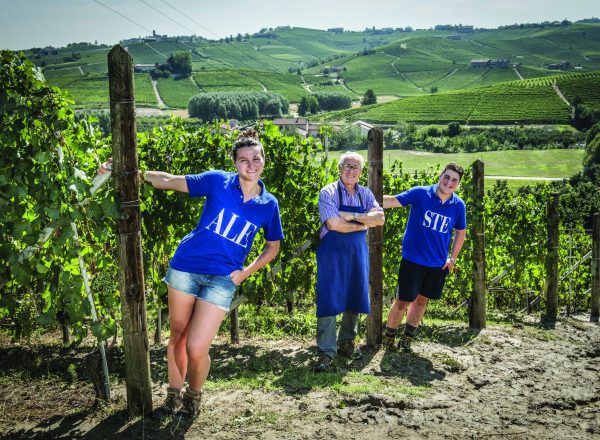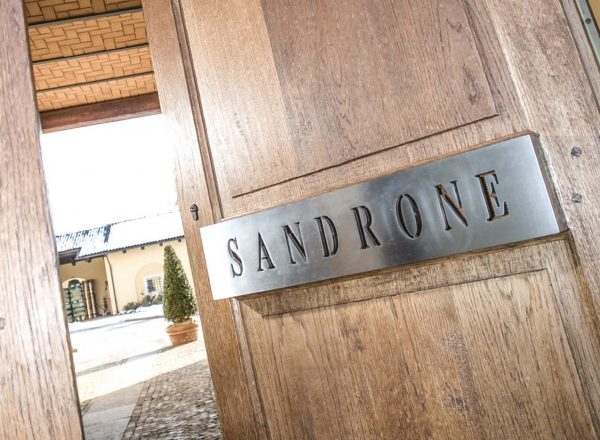
Sandrone
ALESTE Barolo 2020
Barolo
ALESTE is the natural continuity of Luciano’s first wine, the Barolo Cannubi Boschis, which garnered Luciano his early acclaim with the international trade and press. Giving all the experience, knowledge, patience and passion of his many harvests, Luciano pays tribute, with boldness and sensibility, to the next family generation: “ALESTE” is in fact the combination of the names of his grandchildren ALEssia and STEfano.
This single-vineyard wine is typically dense and concentrated but shows incredible harmony and balance. The medium-weight structure shows delightful and seductive notes of berries and cherries, with floral and mineral aspects. In great vintages, properly cellared examples will drink well for 20+ years. The finish is sweet and broad, with moderate, ripe tannins and long length.
VINEYARD

The vineyard is one of the great cru sites in Barolo, synonymous with richness and complexity. Sandrone’s ALESTE Barolo is grown on the soil of Cannubi Boschis, in a specific sub-section of the Cannubi hill. Cannubi extends north from the village of Barolo and has been planted to Nebbiolo on its south and east exposures for at least a century. It runs approximately southwest-northeast and is entirely inside the commune of Barolo, from which it displays the characteristics of wines from this village: profound aromatic complexity and comparatively softer tannins in relation to vines grown in Monforte or Serralunga. The “Boschis” subzone of the Cannubi (also known, historically, as Monghisolfo) is near the northern end of the hill, and is located directly across the little valley from the Sandrone winery building. The Cannubi Boschis subzone has a particularly good exposure to the south and southeast in a small bowl or “conca” that helps hold the warmth in the early morning. Its soils are sea deposits of calcareous clay, not very deep, with good drainage.
WINEMAKING
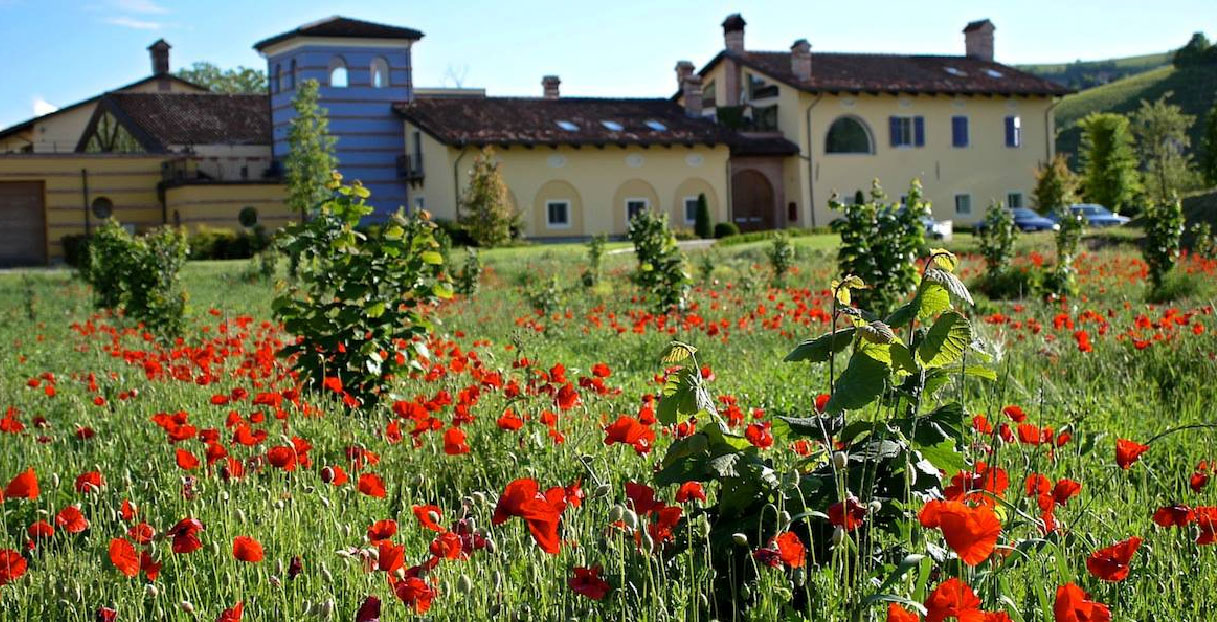
Each lot of the vineyard is vinified separately, and after destemming and light crushing, the must is covered with CO2 for a gentle warm maceration of approximately a day. Alcoholic fermentation begins about 24-36 hours later from native yeasts. A gentle maceration takes place in upright open-top steel tanks for the first 9-10 days of alcoholic fermentation. Immediately after alcoholic fermentation, which takes 28-30 days, malolactic fermentation takes place in 500 liter French oak casks. The wine is aged in these casks for 24 months, followed by 18 months of bottle aging. Around 800 cases are produced in a typical vintage.
VINTAGE

A wet late winter and early spring replenished the water tables. Budbreak was late March in the normal timeframe. Heat arrived after the flowering in late June for 10 days, which helped with the berry set. The rest of the vegetative cycle was cooler than normal except for another 10 days of moderate heat just before the veraison. Intermittent rains throughout the summer refreshed the plants and ground cover vegetation. A water bomb on 5 September brought hail to some parts of the Barolo and Barbaresco areas, luckily, none of the Sandrone vineyards were affected, though the hail passed about 500 meters from the Baudana vineyard sites. From 6 September on conditions were perfect thru the rest of the harvest period, with warm, dry days and cool, refreshing nights. The grape variety Nebbiolo, which by its nature is very resistant and able to thrive even in extreme weather, has benefitted from the climatic conditions of the season. The result is a perfect balance of fruit and acidity. Harvest took place on October 12th.
TASTING NOTE
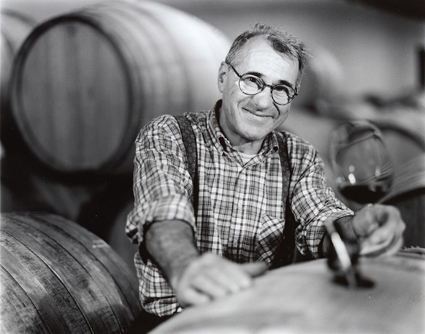
The 2019 Aleste Barolo shows the character of the favored site on the Cannubi hill – in a cooler year like 2019, it exhibits more generosity and expansiveness than would normally be expected. The warm, low-lying Cannubi site gave this young wine heft and flesh, while still retaining the austerity and agebility that result in cooler years. The nose is still closed but shows rose and violet notes, with good dark fruits and spice notes. On the palate, […] a wine of uncommon grace and power, the hallmarks of the Cannubi hill. Dark berries, licorice and spices come out on the palate, with tarry roses and mineral notes.
Color
Red
Appellation
Barolo
Farming
Follows organic farming but has chosen not to seek certification. Minimal quantities of Bordeaux mixture and sulfur (as allowed per organic practices) are used to control mold and fungus, and fertilization every 4-6 years occurs with composted manure from dairy cows.
Alcohol
14.5%
Suggested Retail Price
$202.00
More on Sandrone ALESTE Barolo 2020
Sandrone Helps Usher in New Era in Barolo
August 8, 2024 - During the 2024 Wine Spectator New York Wine Experience, Barbara Sandrone represented the Sandrone estate in a seminar highlighting the evolution of Barolo wines. In a tasting led by Wine…
Trade Materials
Other Wines by this Producer

Dolcetto d’Alba
Dolcetto d'Alba
Sandrone's Dolcetto d’Alba is produced using Dolcetto grapes from 11 different vineyards, all within the Barolo DOCG. Sandrone’s Dolcetto sees no time in wood and is a remarkably robust and complex example of the variety.

Le Vigne Barolo
Barolo
Le Vigne is a wine created from four different Nebbiolo vineyards, each of which brings its own contribution. This union generates an exceptionally complex wine that is round and harmonious on the palate, with fruity and spicy notes, and this approach of blending together plots is in fact the traditional one in Barolo.
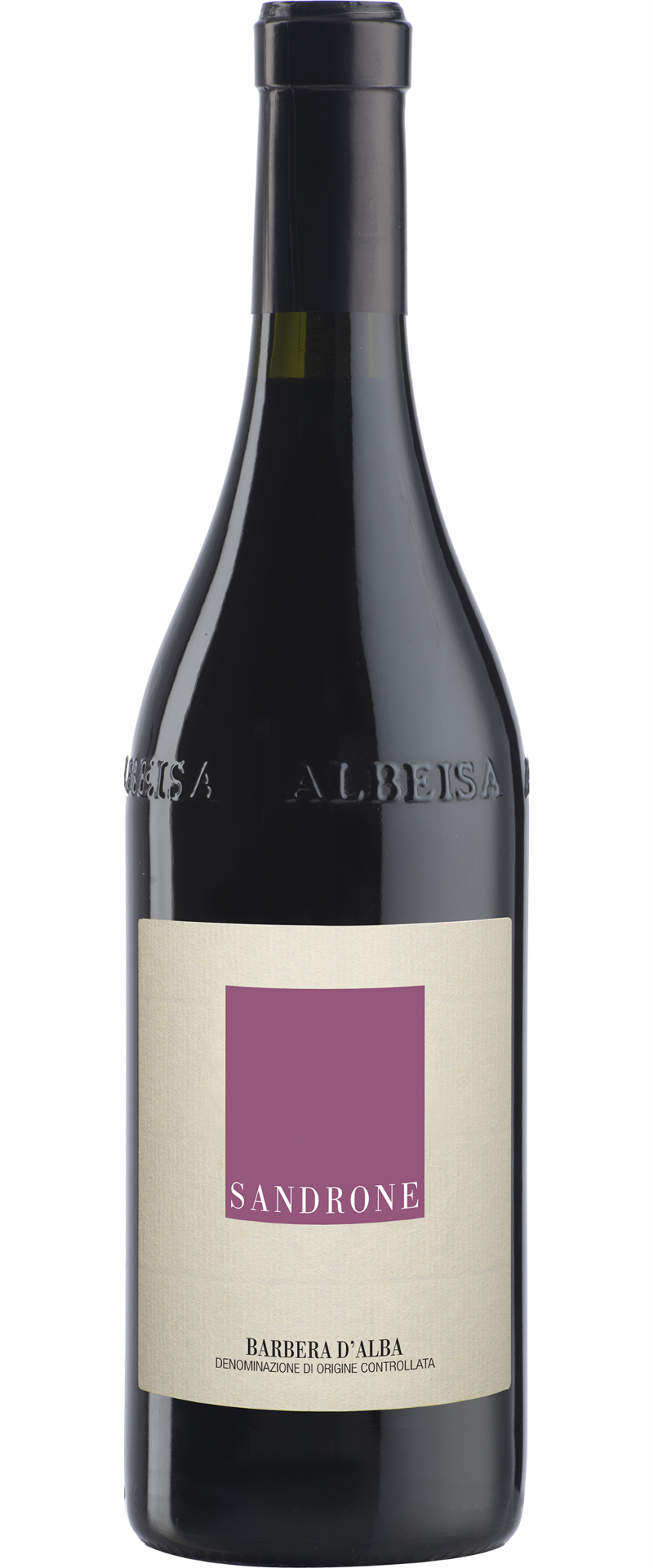
Barbera d’Alba
Barbera d'Alba
The Sandrone Barbera d'Alba comes from three vineyards: Merli and Rocche di San Nicola in Novello, and Cascina Pe Mol in Monforte d’Alba. It is widely considered one of the most intense and complex Barberas produced.

Valmaggiore
Nebbiolo d'Alba
Valmaggiore is the product of Luciano’s incredible passion for the Nebbiolo grape variety and its different expression. Just 15 miles away from Barolo, in the Roero region, Nebbiolo produces a lighter structure and ripe, smooth tannins that are not unlike those of Pinot Noir. This is not a “baby Barolo” or a second wine at all – it is a distinct interpretation of Nebbiolo from a completely distinct geographic zone.

